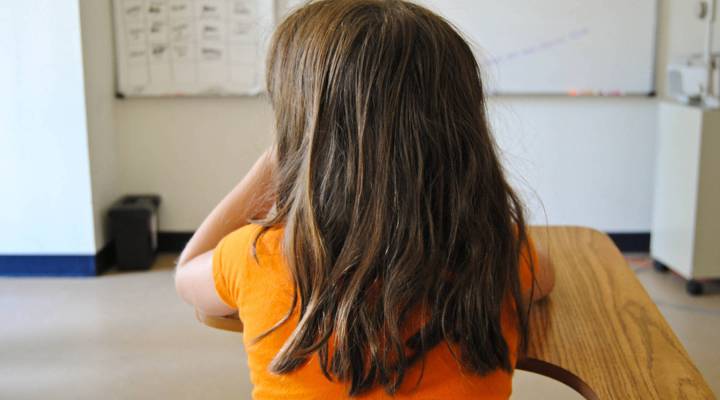
Poor children, a new majority in public schools

We’ve passed a sobering milestone in this country. For the first time in at least 50 years, the majority of students in public schools are considered poor. That’s according to a new report from the Southern Education Foundation, which found that more than half of students in 2013 qualified for free and reduced-price lunch at school. Eligibility for free or reduced lunch is a widely-used, if imperfect, measure of poverty.
“This is a defining moment,” says Steve Suitts, the foundation’s vice president.
We tend to think of poverty as a problem concentrated in rural areas or the inner city, he says. Those boundaries are falling away.
“Even in the suburbs, low-income students are now 40 percent of the student population in the public schools,” Suitts says. “It’s everyone’s problem.”

According to the Southern Education Foundation, students are eligible for free meals at public schools if they live in households where the income is no more than 135 percent of the poverty threshold, and reduced-price lunches if household income is no more than 185 percent.
| Silicon Valley’s economic divide starts in preschool |
| When no money means no school lunch for kids |
| Educators in Navajo high school see coding as one way to end brain drain |
There’s a lot happening in the world. Through it all, Marketplace is here for you.
You rely on Marketplace to break down the world’s events and tell you how it affects you in a fact-based, approachable way. We rely on your financial support to keep making that possible.
Your donation today powers the independent journalism that you rely on. For just $5/month, you can help sustain Marketplace so we can keep reporting on the things that matter to you.












